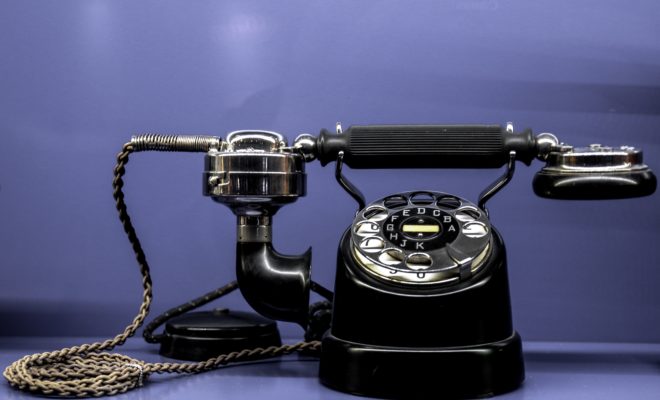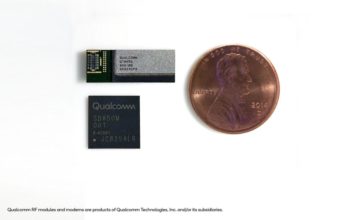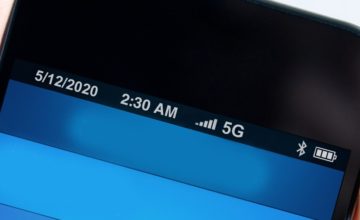You can file this one under job security for those in the wireless industry. For the first time, according to a survey from the Centers for Disease Control and Prevention, more American homes now have cell phones only than homes that have landlines.
While the first question many may ask is “why is the CDC behind such a survey?” Rather than being able to track cell phone usage in case they need to contact everyone in a zombie apocalypse, the real answer is quite mundane. The CDC’s National Health Interview Survey has been tracking trends about the health of Americans since 1957. Apparently in 2003, the CDC realized since the survey was conducted face-to-face of homes that had cell phones, landlines, or no service at all, it was just an easy thing to add to the survey.
The results showed that by the end of 2016, approximately 50.8% of U.S. households had only cell phones. During the same time in 2015, it was 48.3%. The results also showed the cost of a landline were a factor, as well as the flexibility of mobile phones for those who may not necessarily have long term housing situations, showing 66.3% of adults in poverty and 59% near poverty were more likely to be wireless only, as well as 71.5% of adults who rented, vs. 40.9% who lived in homes owned by a household member.
Youth also were far more likely to cut the cord, or never have had one to begin with in their adult lives. More than two-thirds of adults aged 25–29 (72.1%) and aged 30-34 (69.8%) lived in households with only wireless telephones. Compare that to just 21.1% for those age 65 and over.
Geographic differences were also included in the survey. Adults in the Midwest were 51.7% likely to be living in wireless-only households, South was 52.3%, West was 54.4% and the Northeast was 32.4%. Those in metropolitan areas 51.6% vs. 46.3% for those in the country.
Although some may still hold on to landline subscriptions on the basis of using them in emergencies, many of those phones are now Voice Over IP based, requiring power and internet, and the survey did not take into account those with VOIP phones vs. genuine landlines.
As more homes shift to wireless-only, with the cost of data decreasing and some people using cell phones as hotspots for their home internet, and cable subscriptions being swapped for streaming services such as Netflix, Hulu, or Amazon Prime, the demand for dependable wireless infrastructure will only continue to increase dramatically over the coming years as we approach 5G and beyond.




